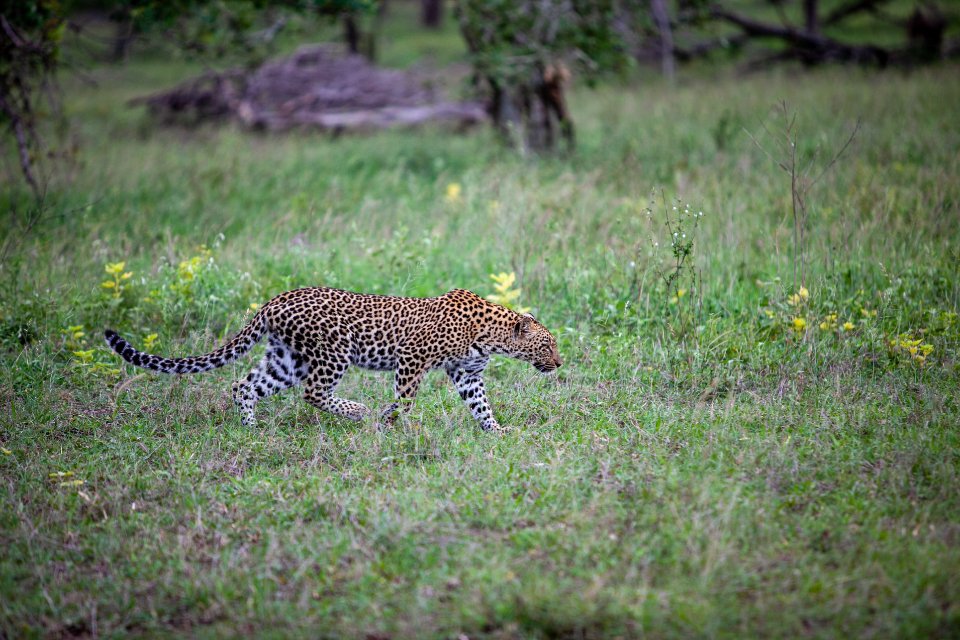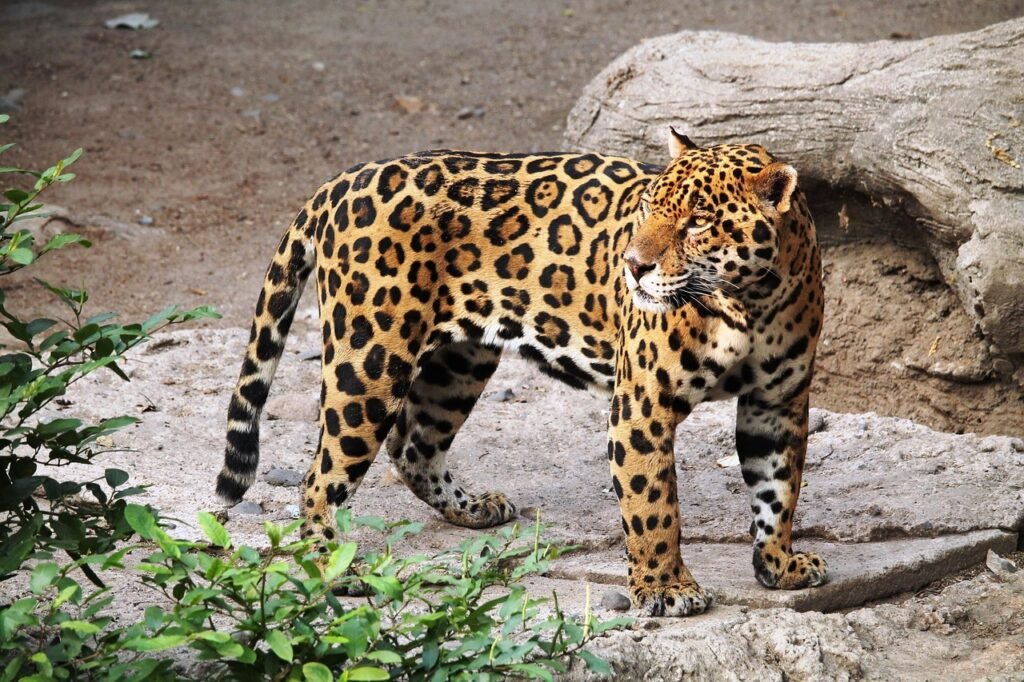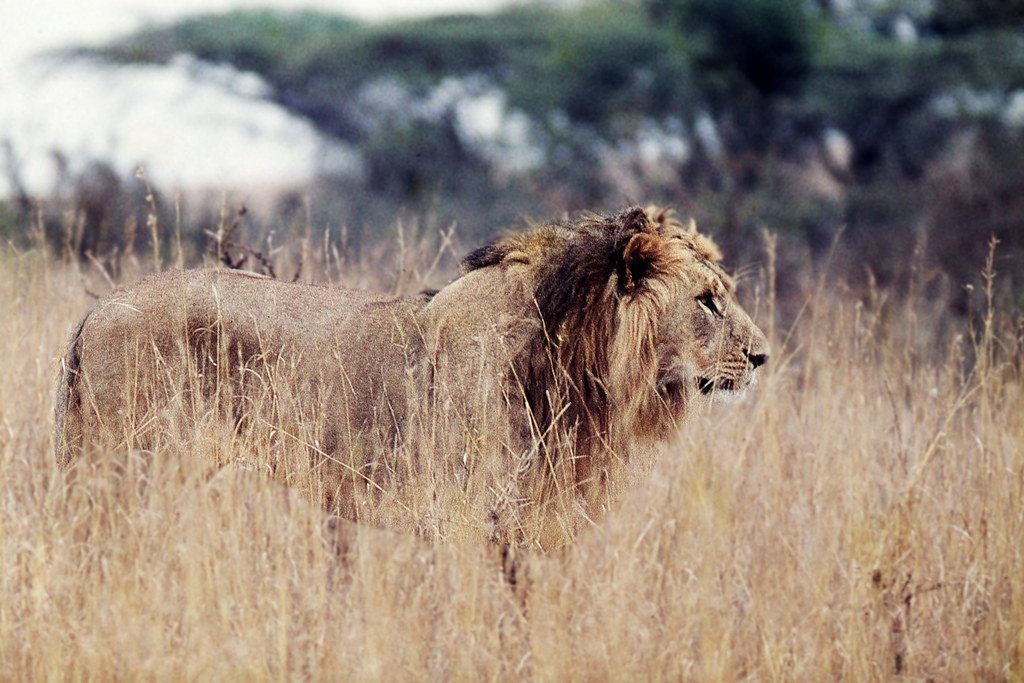The Salish Sea has been buzzing with a new kind of mystery: orcas changing the rules in our own backyard. Over the last few months, marine researchers and shorebound witnesses alike have clocked pods trying tactics that feel fresh – sometimes startlingly so. One moment that stuck with me was watching a crowd on a West Seattle bluff go silent as Bigg’s orcas slipped beneath a seabird, then vanished with it in a single, efficient move. It wasn’t a random scuffle; it looked coordinated, deliberate, and new for these waters. Such rare bird hunts, when documented, crystallized what scientists have been hinting at – innovation in plain view.
The Hidden Clues

Innovation in orcas is often quiet – tiny adjustments in speed, spacing, and timing – until a dramatic “first” breaks the surface. this year, the big clues arrived in snippets: pods hugging industrial shorelines, sudden pivots from play to pursuit, and brief flashes of coordinated lunges near docks. The pattern fits how orcas tend to change: not by inventing a brand-new move overnight, but by remixing familiar tactics to fit new landscapes.
What’s let us notice these shifts is simple exposure: more Bigg’s orcas spending more days in the Salish Sea, and more people watching carefully. Mammal-eating Bigg’s whales have been on a local tear since last year, with daily presence during long stretches and unusually frequent urban cameos near Seattle. That visibility doesn’t create behavior, but it does make it legible, letting researchers connect dots that used to be guesswork.
The New Playbook

March’s encounter in Elliott Bay – an orca grabbing a grebe and slipping away beneath a seawall – showed how these whales can tweak their approach in tight, noisy spaces. Seabirds aren’t typical prey for Bigg’s whales, which makes the move intriguing: it suggests opportunism and a willingness to experiment when the setting allows. It also fits a broader picture of pods rehearsing maneuvers where prey and current line up just right.
Researchers tracking pods in urban coves have described low-speed stalking punctuated by sudden accelerations, with individuals fanning out to cover likely escape routes. The choreography looks precise even when it unfolds in seconds. That kind of nearshore finesse could be a powerful addition to the hunting toolkit, especially where pinnipeds and porpoises thread between pilings, piers, and riprap.
Inside the Pods: Roles, Risks, and Lessons

Orca hunts aren’t a free-for-all; they’re more like small teams trading jobs on the fly. One animal may probe a kelp line while another holds a quiet position upcurrent, and a third hangs back to match whatever the prey does next. When calves are present, adults often throttle down and repeat motions – circles, feints, tail flicks – seemingly offering a safer space to fail and try again.
There’s risk baked in. Urban shallows can trap sound and amplify boat noise, and the margins are crowded with metal and concrete that complicate chases. But the payoffs are clear when the timing works: less energy burned for a clean capture, and learning that sticks because it’s linked to success. Watching a hunt end quickly, even against unusual prey, tells you the lesson landed.
From Ancient Tools to Modern Science

While the headline is hunting, the subtext is culture – behaviors pods share, refine, and sometimes pass down. Recent research has revealed orcas crafting strips of bull kelp and rubbing them between bodies, the first documented tool-assisted social grooming among marine mammals. That isn’t about catching dinner, but it signals cognitive flexibility, coordination, and the kind of social glue that makes innovation contagious.
On the tech side, researchers are turning seafloor infrastructure into listening devices. In the San Juan Islands, teams adapted fiber-optic cables for “distributed acoustic sensing,” turning miles of glass into a live microphone that can map movement and sound. That opens a door to detecting stealthy approaches and understanding how pods adapt in real time to ship noise, tides, and prey.
Why It Matters

Innovation cuts both ways for whales living alongside eight million people. Vessel noise in the Salish Sea has been shown to derail salmon-hunting residents at every step – searching, pursuing, and capturing – by masking echolocation and forcing costlier work. Even small bumps in background noise translate to fewer successful hunts, a quieter crisis you can’t see from shore.
Washington responded with a new rule that, as of January 1, 2025, keeps boats a full thousand yards from Southern Residents, easing the acoustic fog where possible. That’s not a cure-all, but distance buys clarity for animals that hunt by sound rather than speed. If Bigg’s orcas are refining tactics in the same waters, the policy likely helps them too – less interference means better odds that new behaviors can mature into reliable strategies.
Global Perspectives

Washington’s experiments are part of a larger orca story: culture pushing outward at the edges of what’s possible. In Antarctica, a small clan famously wave-washes seals from ice, turning water into a coordinated weapon; in South Africa, a lone male has even mastered solo takedowns of juvenile great white sharks to extract their livers. Those feats sit far from Elliott Bay, but they share the same engine: social learning and a knack for remixing context into advantage.
The throughline is adaptability. Pods anchor themselves in tradition – what to eat, how to speak – and still leave room for bold improvisation. That’s why a one-off bird hunt in a city harbor matters: not because seabirds will replace seals, but because it shows how quickly tactics can flex when conditions line up.
The Future Landscape

Expect the next breakthroughs to come from the sky and the seabed. Drones now capture body condition, breathing samples, and subtle movements that used to vanish beneath chop, while fiber-optic sensing maps soundscapes with city-block precision. Together, they’ll help scientists isolate which behaviors are experiments and which are here to stay.
Challenges loom. Kelp forests and salmon runs are both under pressure, which can strip away the raw materials of culture and the calories that fuel it. Add climate swings and busier shipping lanes, and the test for orcas – and for us – is whether smart policy and smarter tech can keep learning alive long enough to matter.
How to Help Right Now

Give whales the room they need to work. waters, that means the 1,000-yard buffer for Southern Residents and slow, quiet transits everywhere whales are present; if you boat, plan routes and speeds with sound in mind. From shore, follow local alerts and respect closures so hunts aren’t fractured by crowds or drones.
Support the science that reveals these behaviors. Community-backed efforts – from vessel speed programs and kelp restoration to noninvasive monitoring – translate into clearer data and better protections. Small choices add up: fewer noisy passes, more intact habitat, and a better chance that new skills can become traditions.

Suhail Ahmed is a passionate digital professional and nature enthusiast with over 8 years of experience in content strategy, SEO, web development, and digital operations. Alongside his freelance journey, Suhail actively contributes to nature and wildlife platforms like Discover Wildlife, where he channels his curiosity for the planet into engaging, educational storytelling.
With a strong background in managing digital ecosystems — from ecommerce stores and WordPress websites to social media and automation — Suhail merges technical precision with creative insight. His content reflects a rare balance: SEO-friendly yet deeply human, data-informed yet emotionally resonant.
Driven by a love for discovery and storytelling, Suhail believes in using digital platforms to amplify causes that matter — especially those protecting Earth’s biodiversity and inspiring sustainable living. Whether he’s managing online projects or crafting wildlife content, his goal remains the same: to inform, inspire, and leave a positive digital footprint.




